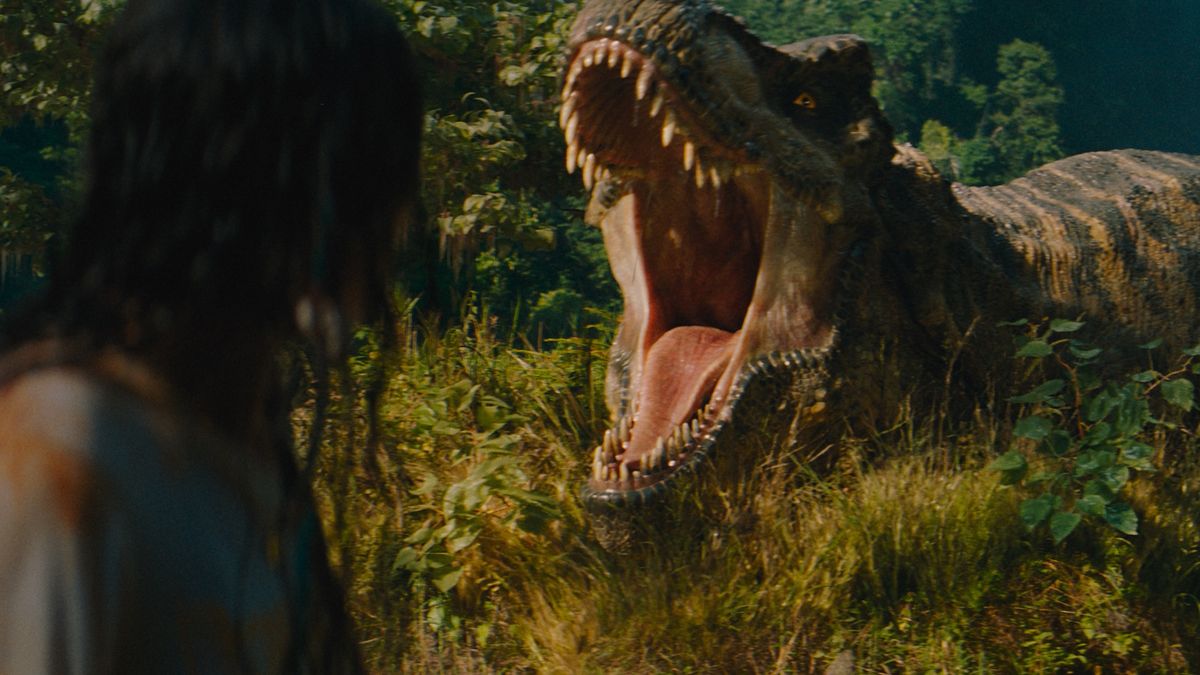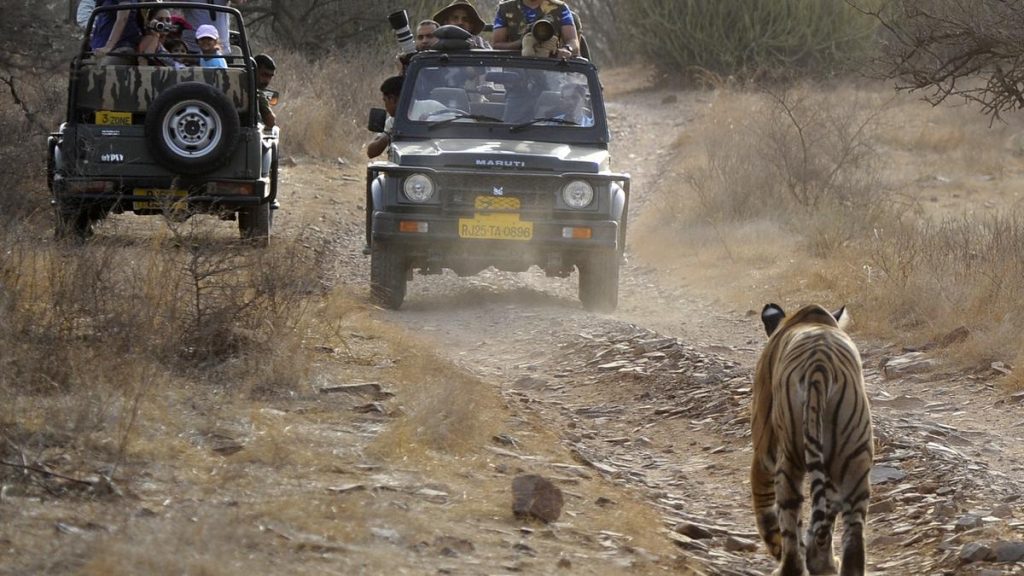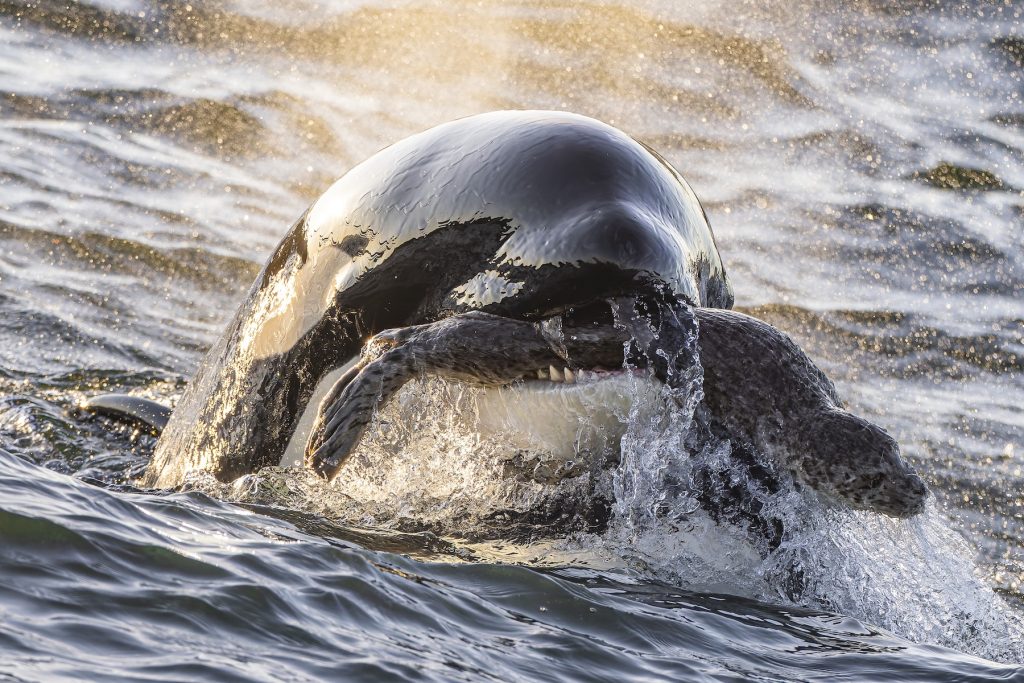Now Reading: Jurassic World Rebirth: Scientific Advisor Shares Thoughts on Realism and Dinosaurs
-
01
Jurassic World Rebirth: Scientific Advisor Shares Thoughts on Realism and Dinosaurs
Jurassic World Rebirth: Scientific Advisor Shares Thoughts on Realism and Dinosaurs

Quick Summary:
- “Jurassic World rebirth” Release: The newest installment of the “Jurassic World” franchise, titled “Jurassic World Rebirth,” debuts on July 2. Directed by Gareth Edwards, it features stars Scarlett Johansson, Mahershala Ali, and Jonathan Bailey.
- Scientific Role: Steve Brusatte, a vertebrate paleontologist at the University of Edinburgh, serves as scientific advisor. He ensures science informs the design and depiction of dinosaurs while balancing entertainment with accuracy.
- Paleontology Discoveries As 1993: Over 1,000 new dinosaur species have been discovered since the first “Jurassic Park.” Advances like CT scanning and molecular sampling have expanded knowledge about dinosaurs’ growth, movement, reproduction, hunting behaviors, social interactions-and feathers.
- Feathers in Dinosaurs: Many dinosaurs were feathered; discoveries made after “Jurassic Park’s” release in 1993 revealed insights that could have influenced past films if found earlier (e.g., Velociraptors had wings).
- Period Preference for Study: Brusatte finds the Triassic period fascinating due to its pivotal role as Earth’s transition from mass extinction to hosting early pioneering dinosaur species.
- Entertainment vs Accuracy Balance: Although dinos are depicted with dramatic flair for blockbuster appeal (not strict scientific precision), Brusatte appreciates that all seven Jurassic films consult paleontological experts-an unusual practice compared to othre sci-fi franchises.
Indian Opinion Analysis:
The enduring popularity of dinosaur-centric movies underscores human interest with prehistoric life.While advancing cinematic narratives frequently enough demands creative liberties over absolute scientific accuracy (e.g., scaly vs feathered depictions), “Jurassic World Rebirth” reflects progress in incorporating recent paleontological findings-a commendable effort for bridging science with entertainment.
For India’s burgeoning film industry delving into science-based visual storytelling like historical reconstructions or biopics on natural history could enhance audience engagement while inspiring curiosity among younger generations.Collaborating with subject-matter experts could ensure higher authenticity. Such initiatives can also reinforce India’s unique contributions to paleo research given discoveries like Rajasaurus narmadensis-a reminder that India holds an intrinsic place in global prehistoric exploration.




























